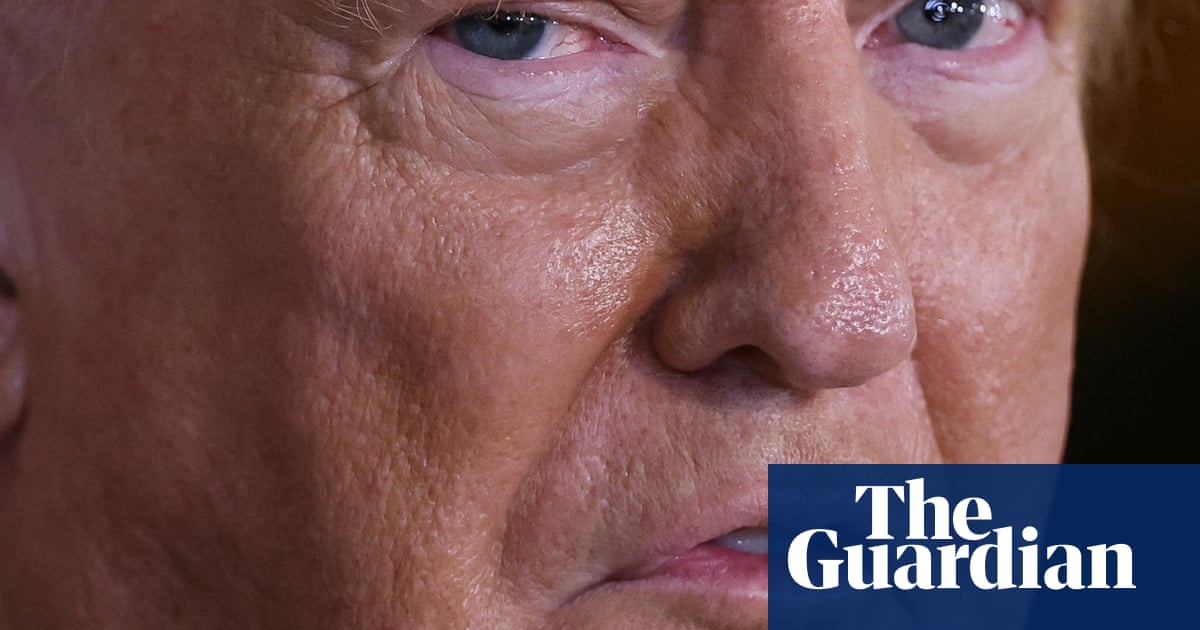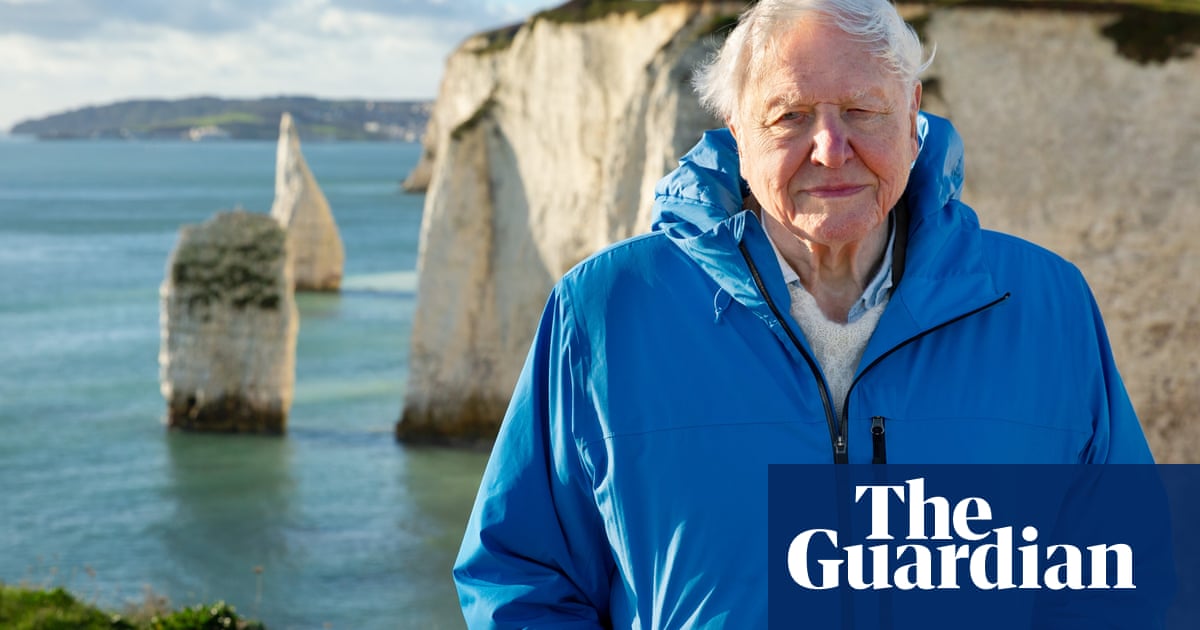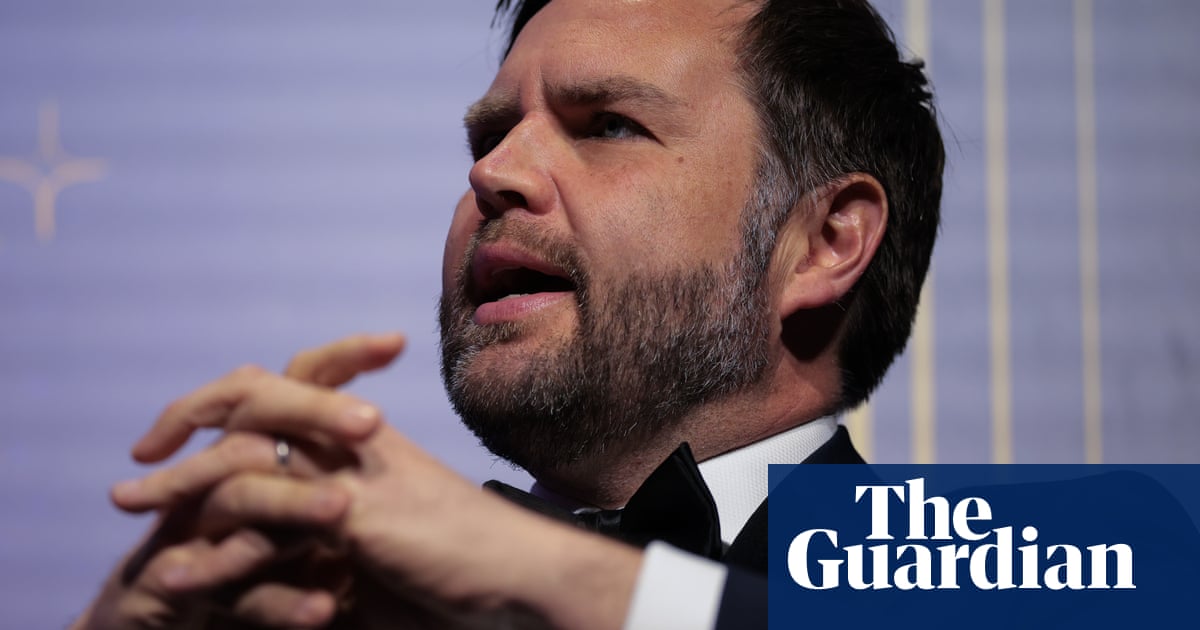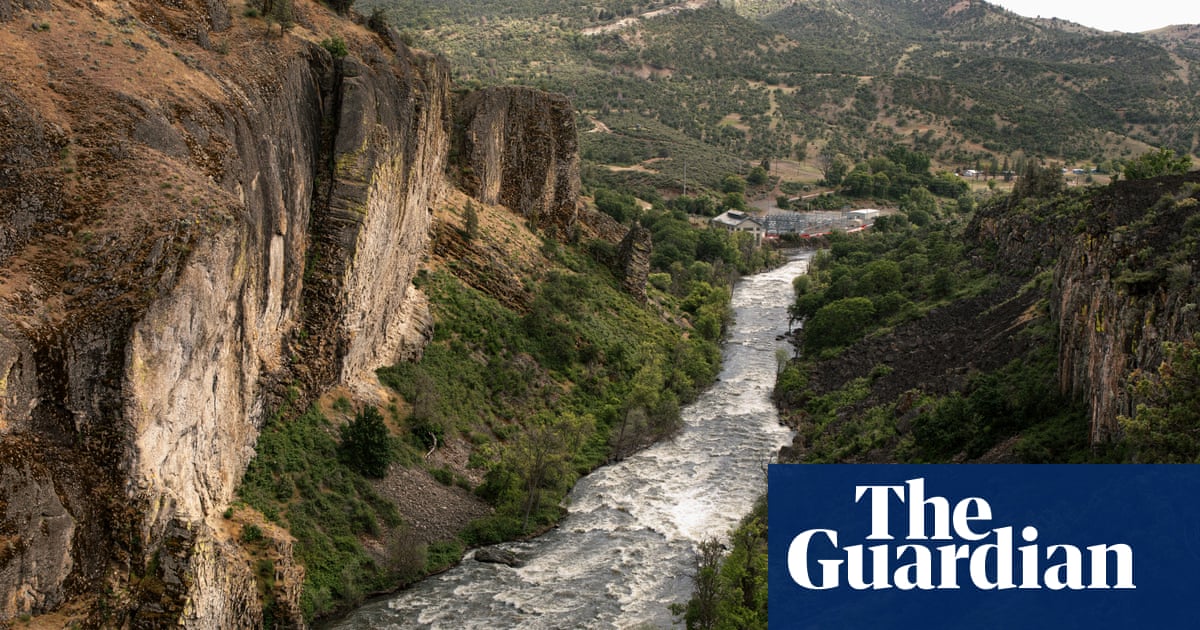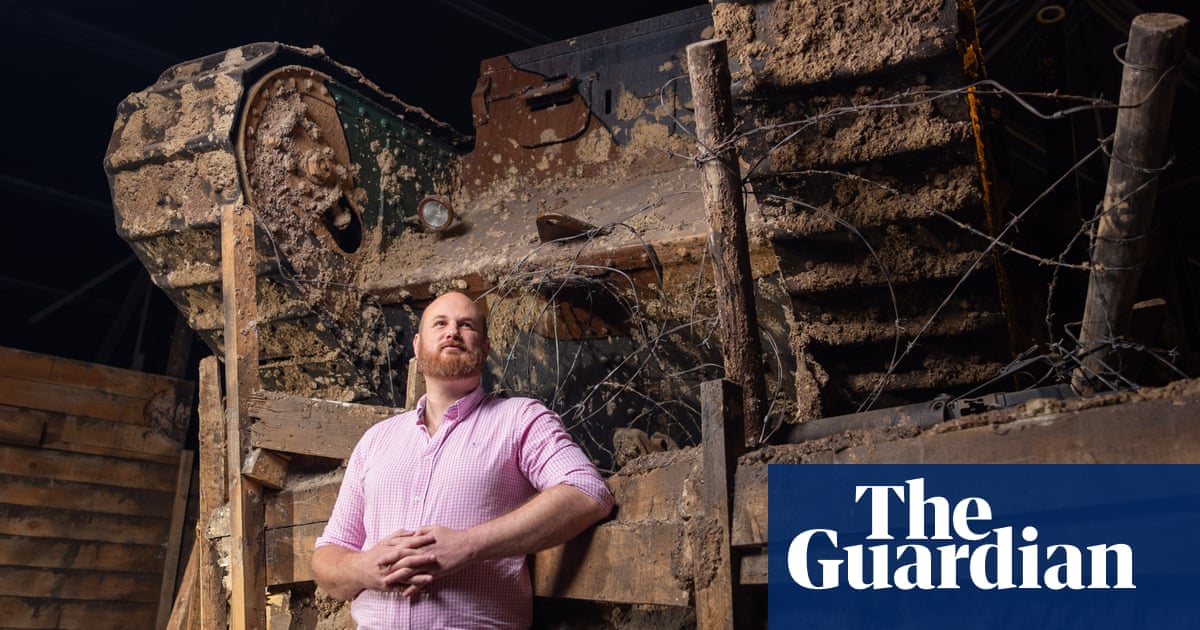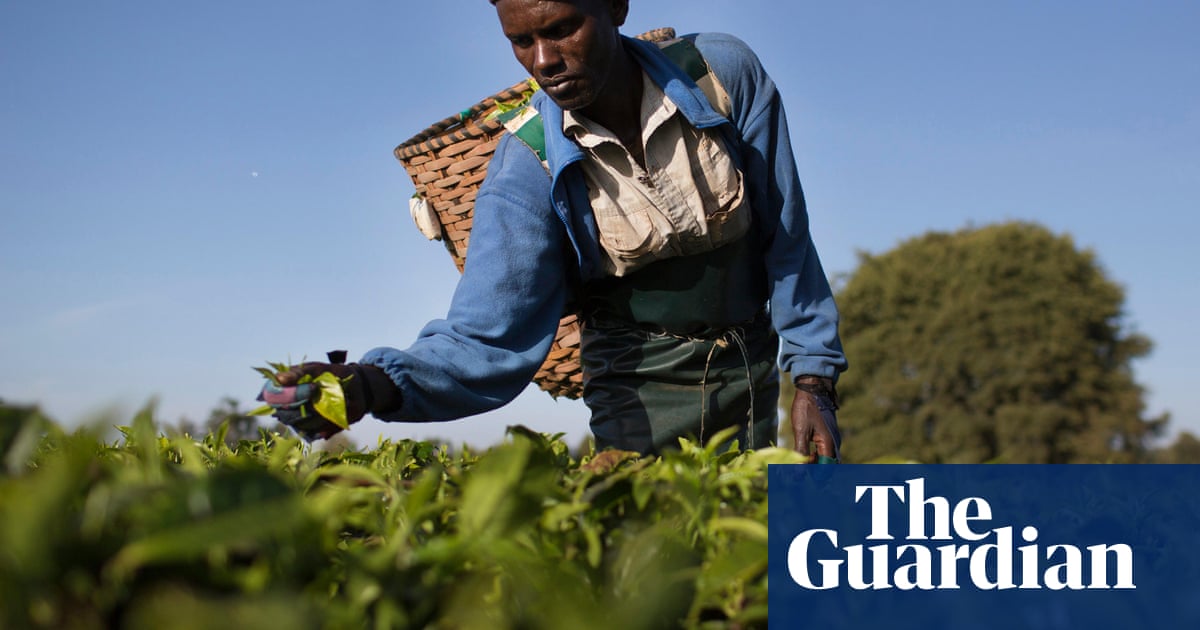Under orders from Donald Trump, billions of gallons of irrigation water were laid to waste in California’s thirsty agricultural hub this month, a move that left water experts shocked and local officials scrambling.
The water, stored in two reservoirs operated by the army corps of engineers, is a vital source for many farms and ranches in the state’s sprawling and productive San Joaquin Valley during the driest times of the year. It will be especially important in the coming months as the region braces for another brutally hot summer with sparse supplies.
The reservoirs are also among the few the US president can control directly.
Staged to give weight to Trump’s widely debunked claims that flows could have helped Los Angeles during last month’s devastating firestorm and to show that he holds some power over California’s water, he ordered the army corps to flood the channels. Less than an hour of notice was reportedly given to water authorities down-river who rushed to prepare for the unexpected release, which threatened to inundate nearby communities.
The move is just the latest in a series of misinformed attempts Trump has made to wade into California’s water wars, adding new challenges and conflicts over the state’s essential and increasingly scarce water resources. But in what now appears to be just a political stunt, Trump has struck some of his strongest supporters. Many counties across California’s rural Central valley – home to much of its roughly $59bn agricultural industry – backed Trump in the last election, forming a red strip at the heart of the blue state.
“It is almost mind-boggling that this has happened,” said Thomas Holyoke, a professor of political science and water expert at California State University, Fresno, calling the act a “ridiculous blunder”.
Experts, who were left scratching their heads in the aftermath, have found no justification for the order. The reservoirs were not at risk of overflowing and irrigation isn’t necessary during the wetter winter months. These releases also didn’t support threatened ecosystems such as those in the Sacramento-San Joaquin delta, where contentious debates continue about flows and diversions.
Some have suggested the flows will help bolster groundwater stores, “but a lot of that water will end up evaporating,” said Holyoke. “It’s just going to be water lost – and they know it.”
‘Purely a stunt’
Governed by agreements between an array of stakeholders and close coordination between federal and local officials, releases from these reservoirs are typically well-planned. Lake Kaweah and Lake Success, the two reservoirs in Tulare county, are part of a sprawling network of channels that do not flow to the ocean or connect to the aqueduct serving the southern part of the state.
The water held within them is also largely spoken for. Its distribution isn’t often contentious.
But Trump, it seems, saw it differently.
“Everybody should be happy about this long fought Victory!” he said in a post on Truth Social the day the release was ordered, boasting that he opened a flow for 5.2bn gallons of water alongside a photo of a nondescript waterway.
Acting quickly, local authorities were able to convince federal officials to bring that total down to 2bn, which was released over three days.
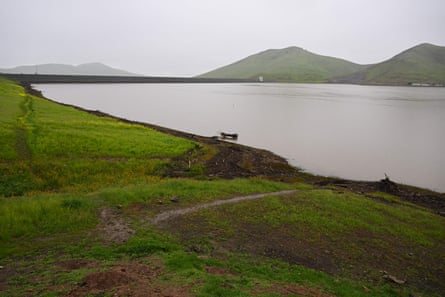
But Trump’s rhetoric around the issue hasn’t shifted. He’s made several false statements about water in California and his ability to direct it including claims that he sent the US military to turn on the water in the aftermath of the deadly fires, his clear misunderstanding about where water supplies originate from and distribute to, and his allusion to a simple valve that can be turned to control water supply.
He posted again thanking the army corps of engineers “for their LOVE of our Country, and SPEED in getting this Emergency DONE! [sic]” saying that water was “heading to farmers throughout the State, and to Los Angeles”, even as experts repeatedly debunked this claim.
“Those releases had absolutely zero to do with anything to do in Los Angeles,” said Gregory Pierce, a water policy expert and the director of the UCLA Water Resources Group, adding that this also did not benefit anyone in the central valley. “This was a stunt purely so Trump could say that he did something and released the water.”
Few have been willing to admonish the administration for the move. Support for Trump and hopes that he will aid agriculture with its water woes is still strong in this region.
“I have a conservative mindset. I encourage the trigger-pulling attitude, like: ‘Hey, let’s just get stuff done,’” Zack Stuller, a farmer and president of the Tulare county farm bureau told Politico, admitting that the reservoir release was a little nerve-wracking.
The bureau declined to comment to the Guardian, but sent a combined statement from the four water management associations and districts, which attempted to make sense of the puzzling and dangerous release. In it, they said there would be “continued close coordination with the Administration and the Army Corp of Engineers”.
after newsletter promotion
Some locals who said they were deeply concerned about the act and its outcome said they were afraid to speak out because their businesses might be targeted by supporters of the administration.
While Trump continues to frame the action as evidence that he’s taken power over California water, he isn’t able to control much water policy in the state, according to Pierce.
“The federal government of course matters for water in California, but not that much,” he said, adding that’s why Trump ordered releases where he was able to, even if they weren’t connected to the overall problem he was claiming to address. The federal government does play a role in funding big projects but “California’s been left on an island with respect to federal support for quite some time,” he said.
Trump has tried to exert more control through funding, especially now that the state is depending on the federal government for aid in the aftermath of the Los Angeles wildfires, now considered one of the most costly natural disasters in history with damage estimates climbing above $250bn.
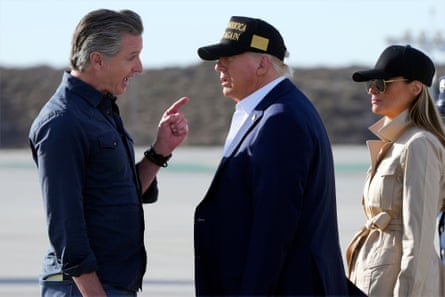
Trump has cast California’s governor Gavin Newsom as his opponent on the issue, but when it comes to water, and more specifically boosting supplies of it for cities and agriculture, the two might already be on the same page.
The state recently issued a fact-check on Trump’s claims, which criticized him for spreading misinformation, but highlighted how supplies have increased since Trump’s first term.
Environmental advocates have long criticized the Delta Conveyance, a controversial infrastructure project championed by Newsom that would reroute more water to the south, which could get even more momentum under a Trump presidency.
“The governor is actually aligned with Trump on this and I think Trump has only recently figured that out,” Pierce said. “The cards are certainly stacking up that that’s going to be pushed forward.”
That doesn’t mean that Trump’s misleading rhetoric won’t leave a mess.
“President Trump comes blundering into this complex situation with no understanding at all or no effort at understanding how it works,” said Holyoke.
“California is trying to strike a delicate balance,” he added, detailing the challenging and layered issues that come with distributing essential resources to residents, the agricultural industry, and declining ecosystems as the world warms and supplies run short.
“Farmers in the valley are hurting from water cutbacks, there is no question about that,” Holyoke said. “The answer isn’t to toss all the laws and court orders aside and throw lots of water at farmers. We simply need to find inventive ways to make the best use of the water that we have.”

 3 months ago
77
3 months ago
77


